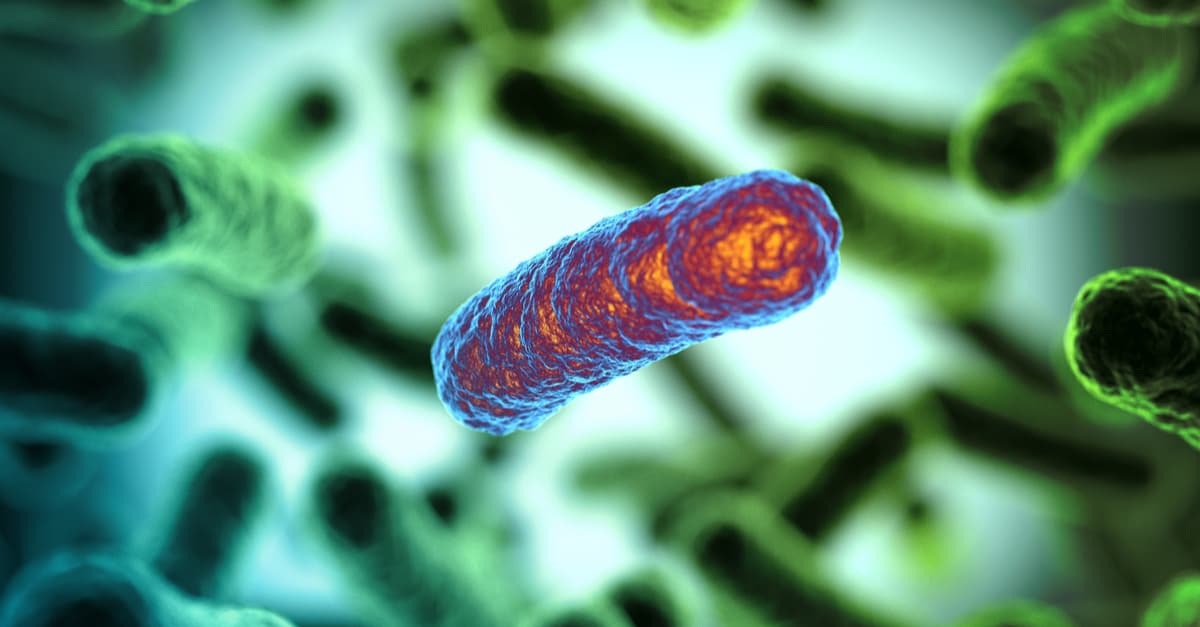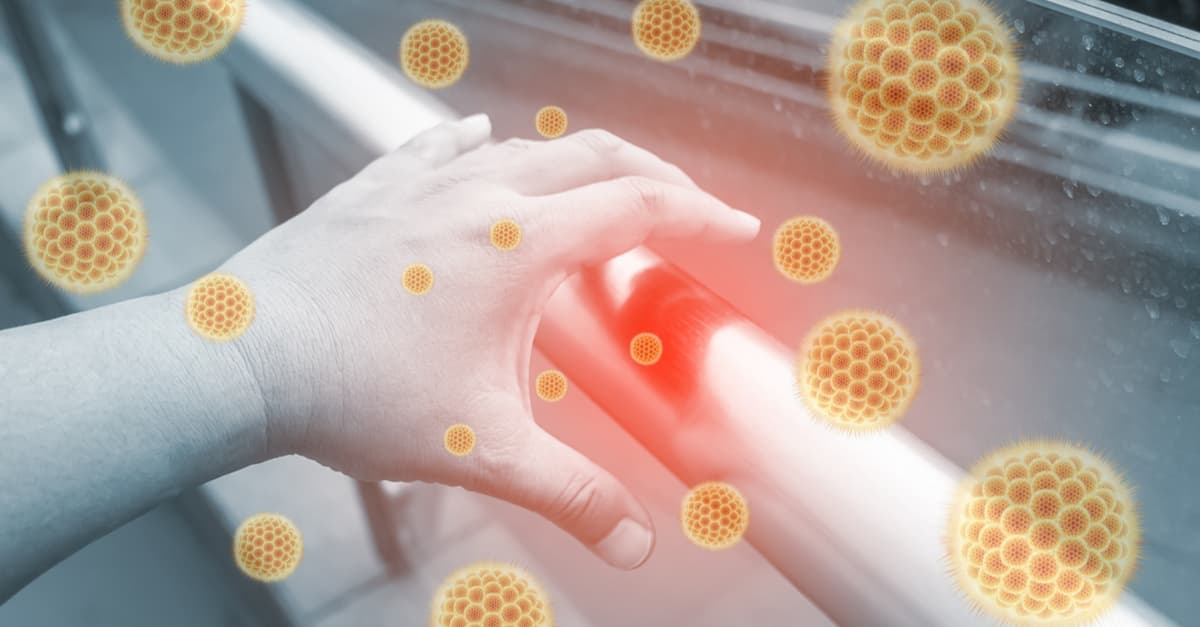Super-bugs, although the term sounds novel, are microorganisms that have always been with us, are in the community, but have a peculiarity, and that is that they are capable of surviving antibiotics. They are those microorganisms that are resistant to a wide variety of commonly used antibiotics; they are multi-resistant. These little guys do not have to be bad because, as with bacteria in general, they are everywhere, and some are pathogenic, but most are harmless and even beneficial for us, since they allow us, among many other things, to digest food, assimilate nutrients and keep our immune system trained.
Exposure to Antibiotics
Microorganisms are everywhere; most of them are harmless, they are often helpful, and sometimes they cause disease. Infections caused by bacteria (for example) are generally treated with antibiotics. These miracle drugs have saved many lives, but only in treating infections or illnesses caused by bacteria, as they are useless against viral illnesses such as colds.
Super-bugs are strains of bacteria (mainly, but they can be fungi too) that have mutated after being in contact with any type of antibiotic. These bacteria develop genes that turn them resistant to the antibiotics they have been exposed to. this means that the antibiotics can’t stop their multiply behavior and can’t kill them
From Normal Bacteria to Super-bugs

The great variety of bacteria that exist is large because they have two types of genetic material: the chromosome, which contains their identity, the basic information for their vital functions and is transmitted only from mother to daughter; and plasmids, which are genetic units that contain accessory genes and that are transmitted from some bacteria to others nearby. And this is how super-bugs arise, through random mutations in their chromosome or by the acquisition of plasmids with genes for resistance to antibiotics.
In most cases, these multi-resistant bacteria are not pathogenic. They are simply there in our intestines or on our skin. The problem comes when these resistances are transmitted or acquired by bacteria that are bad when we are immunocompromised and even when we have an infection by bacteria that should not be there. For example, bacteria from the skin that enter the blood or bacteria from the gut that enter the urinary tract.
Misuse of Medication
-And what does the use of antibiotics have to do with these super-bugs proliferating? In a world without antibiotics, super-bugs would die because they reproduce worse than normal bacteria. However, when you treat a population of bacteria with antibiotics in which there are bacteria with and without resistance, who will survive? Well, those that have resistance to antibiotics. This phenomenon is called “selecting a resistor.” Besides, these bacteria accumulate mutations and plasmids until they become fearsome super-bugs. We could say that there are more and more and that they are more resistant.
Although this phenomenon does not occur only because we abuse antibiotics, it is a global process that also occurs in intensive livestock, where the use of large amounts of antibiotics is necessary. Of course, antibiotics are necessary, and they have saved and continue to save millions of lives every year; we cannot stop using them; what we have to do is use them well and not abuse them.
Where Are They?

Like the rest of bacteria, super-bugs are everywhere, they are in the community, and scientists often locate them by sampling, on hospital surfaces, patients, on the ground, and even in wastewater treatment plants, among many other places. The most common are hospital environments, such as surfaces, sinks, and of course, in patients.
For this reason, the coronavirus crisis is also helping these bacteria to proliferate. And it is that, among the consequences of the pandemic, the increase in resistance to antibiotics is also counted. Overcrowding of hospitals, massive use of antibiotics is the perfect breeding ground.
How Are They Identified?
Once these super-bugs are located, to identify them, they are cultured in the laboratory using different means that allow scientists to distinguish and classify them. Phenotypic tests are also performed on them, and, of course, they look at their level of resistance to antibiotics; in this way, they can unmask the super-resistant ones.
Microorganisms are becoming more and more dangerous, and it is expected that by 2050 they will be the main cause of death in the world. The health organization warned about the dozen most at risk and the urgent urgency to develop new antibiotics to combat them.
Responsible Use

It is estimated that half of all antibiotics being used are not necessary, and it is not just overuse that is the problem. Not taking antibiotics correctly can also lead to antibiotic resistance. So, according to the WHO, you have to make sure:
- Follow directions when taking antibiotics
- Only take antibiotics when prescribed and needed
- Always finish the full treatment prescribed
Resistance Is Natural
The point is that all this happens because pathogens, that is, bacteria, parasites, fungi, or viruses, can develop resistance to the drugs that are used against them after a while. This is a phenomenon that occurs naturally due to genetic changes, but if the products used to combat them are misused, then this process is accelerated. If this happens so quickly, the time to discover drugs that will deal with the new bacteria is insufficient.
And, even though the situation is worrying, there is always room for optimism. There are many very good people investigating and working to fight this ‘phantom threat. But what we have to be is realistic, and we need to be prepared by working, being responsible, and investing in science. If this terrible pandemic has shown us something, it is the important work that scientists carry out and what can be achieved with a good investment. The general population can also do many things outside of the laboratory, such as responsible consumption of antibiotics.

